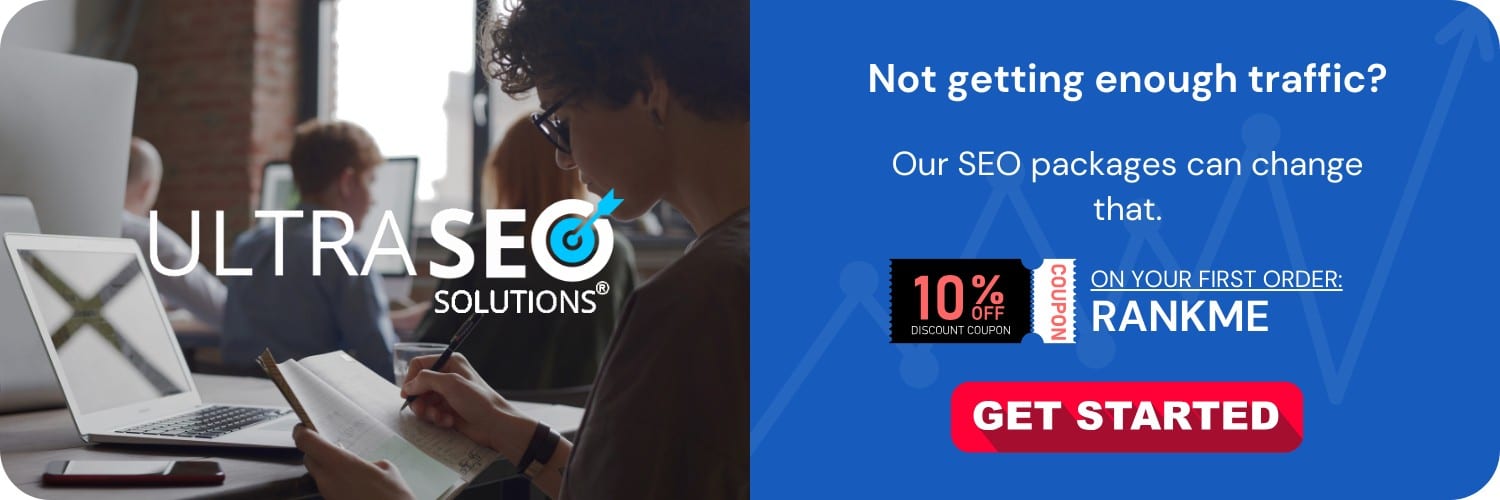
SEO Infographic, at its core, is a visual representation of data or information designed to make complex Search Engine Optimization concepts more accessible, straightforward, and engaging. By combining eye-catching graphics with concise textual elements, SEO infographics distill intricate SEO strategies, statistics, and trends into a format that’s easy to understand and share, benefiting both SEO professionals and those looking to learn about the field.
Understanding SEO Infographics
SEO infographics serve multiple purposes in digital marketing. Not only do they break down and illustrate SEO data, but they also play a significant role in link-building and content marketing strategies. Effective use of infographics can enhance the visibility of a website and foster engagement on social media platforms. Given their shareable nature, a well-crafted infographic has the potential to go viral, generating substantial exposure and backlinks, which are crucial for SEO.
Components of an Effective SEO Infographic
A compelling SEO infographic relies on several key components. These include:
- Attractive Design: The aesthetic appeal of an infographic is paramount. It must grab attention with a harmonious blend of colors, fonts, and images that are relevant to the data being presented.
- Relevant Data: An infographic should provide value by presenting relevant and accurate information. Outdated or misleading data can harm credibility.
- Clarity and Simplicity: The ability to present complex information in a digestible format without oversimplifying is the hallmark of a successful SEO infographic.
- Logical Flow: The infographic should guide the viewer through the information in a logical manner, typically following a narrative or step-by-step format.
- Branding: Incorporating brand elements subtly can increase brand awareness without overwhelming the graphic’s educational purpose.
- Shareability: Design infographics with social sharing in mind, considering dimensions and legibility across different devices and platforms.
Crafting an SEO Infographic: Step-by-Step Process
Creating an SEO infographic is a detailed process that entails research, design, and strategic distribution. Let’s explore this process step by step.
1. Topic Selection
The first step is to choose a topic that resonates with your audience and pertains to current SEO practices. A compelling topic might address common questions, encapsulate recent industry trends, or provide a how-to guide for specific SEO tasks.
2. Research and Data Gathering
Once a topic is selected, the next step involves comprehensive research to gather the latest and most relevant data. This may include sourcing from industry reports, case studies, and authoritative SEO platforms. Ensure all data is accurate and cite sources where applicable to boost credibility.
3. Creating a Narrative or Structure
With the data in hand, you’ll need to create a storyline or structure catered to your target audience. Whether your infographic educates, persuades, or informs, the narrative should be compelling and drive home the message you want your audience to grasp.
4. Designing the Infographic
The design phase is where your SEO infographic comes to life. Use design tools or collaborate with a graphic designer to create visuals that complement the information. Bear in mind principles like visual hierarchy, typography, and color theory to make the infographic aesthetically pleasing and readable.
5. Incorporating SEO Elements
To enhance the SEO value of your infographic, include keywords in the title, description, and alt text. This makes it easier for search engines to understand and index the content of your infographic, improving its visibility online.
6. Publishing and Promotion
After creating your infographic, publish it on your website or blog. Then, promote it through social media, email campaigns, and outreach strategies to garner links and shares. The promotion shouldn’t cease after the initial launch; regular sharing can revive interest and continue to drive traffic.
7. Tracking Performance
Lastly, use web analytics tools to track the performance of your infographic. Metrics like views, shares, backlinks, and time spent on the page can provide insight into its effectiveness and guide future content creation.
Benefits of SEO Infographics in Digital Marketing
In the world of SEO and digital marketing, infographics can serve as powerful tools. They offer numerous advantages, including:
- Improved Engagement: Infographics are more likely to be viewed and shared than text-only content, leading to higher engagement rates.
- Backlink Generation: Value-packed infographics are often linked to by other websites, which can significantly boost a website’s backlink profile.
- Enhanced Retention: Visuals aid in information retention, making it more likely that viewers will remember your message and brand.
- Versatility: Infographics can be repurposed across various platforms, helping to amplify their reach and impact.
- SEO Advantages: If optimized correctly, infographics can rank in image search results, leading to increased traffic.
Best Practices for SEO Infographic Creation and Use
Creating SEO infographics that stand out requires adherence to best practices:
Focus on Quality Over Quantity
It is better to create one outstanding infographic with high-quality design and information than to churn out multiple subpar ones.
Keep the Audience in Mind
Design with your audience’s preferences, knowledge level, and interests at the forefront. This ensures the infographic is relevant and engaging to them.
Optimize for SEO
Beyond the infographic’s visual content, don’t neglect the textual components. Use targeted keywords, metadata, and structured data to improve its online visibility.
Use Reliable Data and Sources
Credibility cannot be overstated; ensure all the information is up-to-date and sourced from reputable organizations or studies.
Adapt for Different Platforms
Modify and adjust the size and format of your infographics to fit different social media channels and devices for optimal viewing.
Measure Performance
Use tools to track how your infographic is performing. Analytics can provide insights that help tweak your strategy for better results.
Encourage Sharing
Make it easy for viewers to share the infographic. Incorporate social sharing buttons and consider creating embed codes for blogs or websites.
Maintain Consistency with Branding
Ensure your infographics align with your brand’s visual identity and values without overshadowing the informational content.
Finishing Thoughts
SEO infographics are a potent blend of art and data that can make complex SEO principles accessible to a broad audience. They’re not only a medium to convey information but are also a strategic tool to enhance a website’s SEO and link-building efforts. When executed with care, research, and a strong understanding of design and SEO principles, infographics can lead to increased engagement, improved retention of information, and valuable backlinks, all contributing to a site’s search engine rankings and digital presence. Whether for education, clarification, or marketing, SEO infographics stand as a testament to the power of visual learning and information sharing in the digital age. Embrace their potential and watch them work wonders for your content strategy and SEO efforts.
Frequently Asked Questions
What is an SEO Infographic?
An SEO Infographic is a visual representation of data or knowledge related to Search Engine Optimization (SEO). It combines text, images, and design elements to educate viewers on various aspects of SEO in an engaging and easily digestible format. The goal of an SEO Infographic is to simplify complex information into a format that can be quickly understood at a glance.
Why are SEO Infographics important?
SEO Infographics are important because they help to communicate complex SEO strategies and concepts in a way that is accessible to a wide audience, including those who may not have a deep understanding of SEO. They can be used as an effective marketing tool to generate interest, increase understanding, and encourage sharing, which can lead to improved website traffic and brand awareness.
What kind of information is typically included in an SEO Infographic?
SEO Infographics can include a wide range of information, such as SEO best practices, keyword research tips, link building strategies, on-page and off-page SEO elements, search engine algorithms updates, SEO tools and software, and SEO statistics or trends. Essentially, they can cover any topic that helps to explain or relate to improving a website’s visibility on search engines.
Can SEO Infographics help my website rank better?
Directly, an infographic itself won’t improve your website’s rank; however, a well-crafted SEO Infographic can be part of a larger content marketing strategy that helps to attract backlinks, social shares, and engagement, all of which are signals that search engines use to determine site quality and relevance, potentially leading to better rankings.
How do I create an SEO Infographic?
Creating an SEO Infographic involves several steps: researching your topic thoroughly, collecting accurate data, deciding on the key points you want to convey, designing your infographic using visual elements and a coherent layout, and finally, promoting it through your website and social media channels. Tools like Adobe Illustrator, Canva, or Piktochart can be used to design your infographic, or you may choose to hire a professional designer.
Where can I share my SEO Infographic?
You can share your SEO Infographic on your website, blog, social media platforms (such as Pinterest, LinkedIn, Twitter, and Facebook), and in newsletters. You can also reach out to other webmasters and bloggers in your industry to see if they would be interested in featuring your infographic on their sites.
How can I ensure that my SEO Infographic is effective?
To ensure your SEO Infographic is effective, focus on providing real value. Make sure it presents accurate and up-to-date information, has a clear message, and features a compelling design. Also, your infographic should be easily sharable and include your brand logo or website URL for proper attribution and to drive traffic back to your site.
What are the best practices for designing an SEO Infographic?
Best practices for designing an SEO Infographic include keeping the design simple and not overcrowded with information, using a readable font size, including a compelling headline, integrating brand colors and styles, using icons and images to illustrate points, and including a call-to-action (CTA) to encourage viewers to engage further with your content or business.






